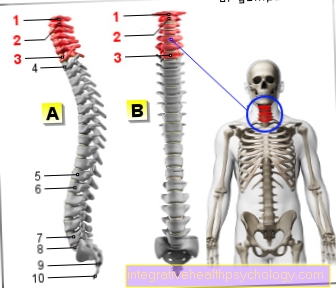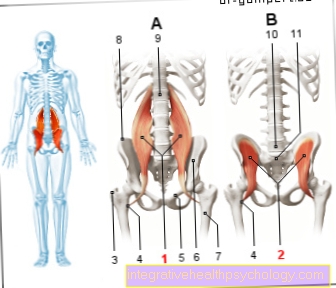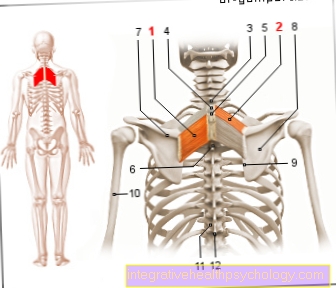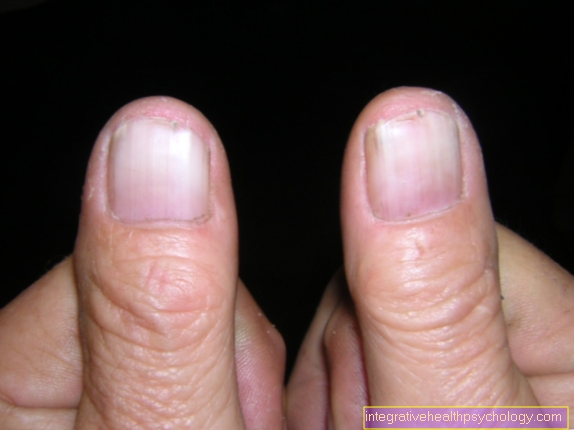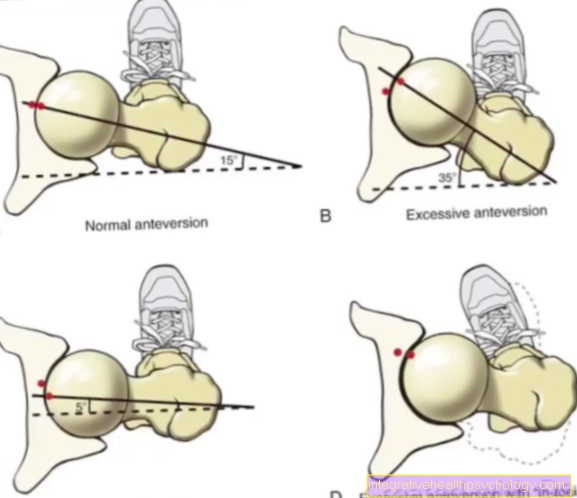Chastisement
definition
The term caning is a corporal punishment that was formerly known as corporal punishment. It is a punishment against the physical integrity of a person, used for the purpose of punishment and intended to cause temporary physical pain.
Examples of punishment are blows with a stick, pounding, whipping, bastinado and slapping. Chastisement is a highly controversial form of punishment that is widely accepted and practiced in different cultures and religions.

What is allowed with children?
Corporal punishment is prohibited without restriction on children. Educational punishments may be used to punish children when they do not obey the rules or even put themselves in danger, for example when they go through the red light.
A punishment is permitted in the form of an unpleasant consequence following the adolescent's wrongdoing or the termination or future absence of a pleasant situation for the child as a consequence of the negative behavior.
The following topic could also be of interest to you: Raising children
What is not allowed?
Corporal punishment of children in the form of chastisement is generally prohibited. The law banning violence in education states the following:
“Children have a right to a non-violent upbringing. Corporal punishments, emotional injuries and other degrading measures are not permitted ”. The cited §1631 Abs. 2 BGB represents a prohibition for parents to physically punish children. This means that chastising children is not allowed under any circumstances.
Chastisement is illegal as an educational measure and must not be used in the family or in educational institutions. Parents and educators are allowed to raise and punish children by using educational tools such as praise and censure or by using punishments such as TV bans or house arrest.
The following article may also be of interest to you: Anti-authoritarian upbringing - Everything about this parenting style or punishment in upbringing
Punishment on the buttocks?
It used to be common to punish children by getting hit on the bare bottom. Nowadays, hitting the bottom is strictly forbidden, whether naked or clothed.
The ban on punishment on the Po is enshrined in law. Nonetheless, this form of punishment is still used in many cultures today.
Chastisement in marriage
From 1794 to 1812 the Prussian land law gave the husband the right to chastise his wife. In Bavaria there was also a codex from 1758 that granted the husband the right to chastise. It was not officially repealed until 1928.
Nowadays, marital punishment is forbidden. Violence between spouses is illegal and punishable. However, chastisement is still practiced in some cultures. In some countries and religions this is even allowed or even recommended.
Jehovah's Witnesses
There are numerous dropouts from Jehovah's Witnesses who report corporal punishment in the sect. The 1966 magazine of Jehovah's Watchtower stated that corporal punishment was for education.
Punishment in the form of blows on the bottom or locking up in a dark room are said to be still used today by Jehovah's Witnesses as educational methods.
Does the parents have the right to chastise?
The parents' right to punishment is the right to punishment that was last abolished in Germany. Until 1980 parents had the right to punish their children.
There is now a law outlawing violence in upbringing, which includes: “Children have the right to a non-violent upbringing. Corporal punishments, emotional injuries and other degrading measures are not permitted ”.
This §1631 Abs. 2 BGB prohibits parents from any form of corporal punishment of their own children and legally protects the children from violent punishment.
This topic may also be of interest to you: Educational mandate - what is it? and educational assistance
Recommendations from the editorial team
Further general information may also be of interest to you:
- raising children
- Educational goals
- Authoritative upbringing
- Anti-authoritarian upbringing - everything about this parenting style
- Characteristics of giftedness


